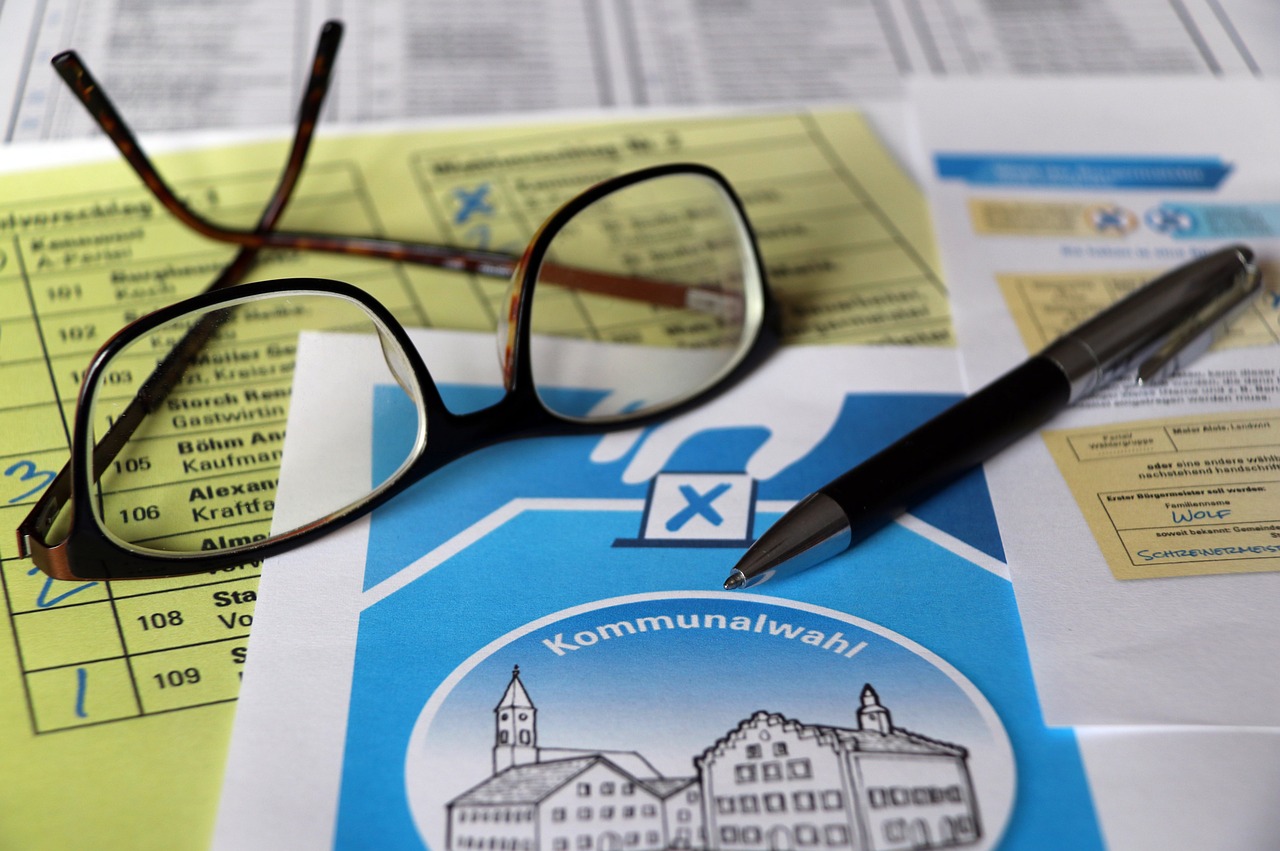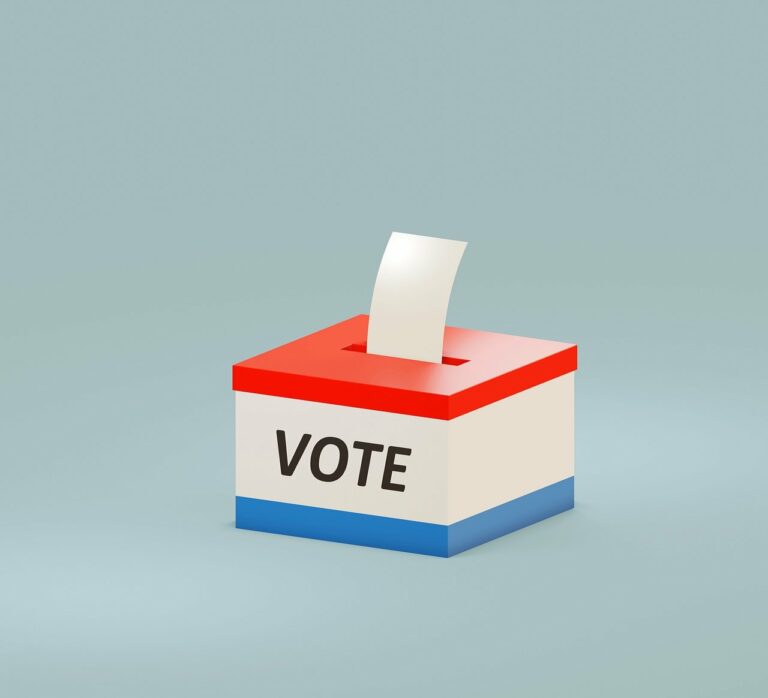Election Administration Innovation: Streamlining the Process
Diamondexch9, Reddyannabook: Traditional election administration faces numerous challenges in today’s fast-paced world. One of the primary obstacles is the cumbersome and time-consuming process of manually registering voters. This outdated method often leads to inefficiencies, errors, and delays in updating voter information, which can potentially disenfranchise eligible voters and create confusion on Election Day.
Moreover, the reliance on paper-based systems in traditional election administration poses a significant risk of security breaches and fraudulent activities. Paper ballots can easily be tampered with or lost, raising concerns about the integrity and accuracy of election results. These vulnerabilities highlight the urgent need for modernizing election processes to ensure transparency, security, and inclusivity in democratic elections.
• Manual voter registration process is cumbersome and time-consuming
• Inefficiencies, errors, and delays in updating voter information
• Potential disenfranchisement of eligible voters and confusion on Election Day
• Reliance on paper-based systems poses security risks
• Concerns about tampering with or losing paper ballots
• Urgent need for modernizing election processes for transparency and inclusivity
Benefits of Modernizing Election Processes
Modernizing election processes offers numerous advantages that can enhance the efficiency and accuracy of voting procedures. By adopting digital technologies, such as electronic voting machines and online voter registration systems, election administrators can streamline the voting process and minimize errors. This modern approach not only saves time but also improves accessibility for voters, especially those with physical disabilities or those who are unable to visit polling stations in person.
Furthermore, modernizing election processes can strengthen the security and integrity of the voting system. Implementing robust cybersecurity measures and encryption protocols can safeguard voter information and prevent any unauthorized access or tampering. This increased level of protection not only instills trust in the electoral process but also helps to prevent potential instances of fraud or manipulation.
Implementing Technology in Voter Registration
Integrating technology into voter registration processes has become a pivotal focus for modernizing election systems globally. The utilization of digital platforms offers a more efficient and streamlined approach to managing voter registrations, eliminating potential errors and redundancies in data entry. By implementing electronic registration systems, election authorities can enhance accuracy and accessibility for voters, ultimately ensuring a more robust and inclusive democratic process.
Furthermore, technological advancements in voter registration pave the way for improved data security measures, safeguarding sensitive information against potential threats. With the integration of secure encryption protocols and authentication mechanisms, electronic registration platforms can better protect voter data from tampering or unauthorized access. This enhanced level of data security instills trust among voters in the registration process, ensuring the integrity and reliability of electoral systems.
What are some challenges faced in traditional election administration?
Some challenges in traditional election administration include inefficient paper-based processes, data inaccuracies, and long wait times for voter registration.
What are the benefits of modernizing election processes?
Modernizing election processes can lead to increased efficiency, improved accuracy of voter data, enhanced accessibility for voters, and better security measures to prevent fraud.
How can technology be implemented in voter registration?
Technology can be implemented in voter registration through online registration portals, electronic voter registration databases, mobile registration apps, and automated verification processes.







